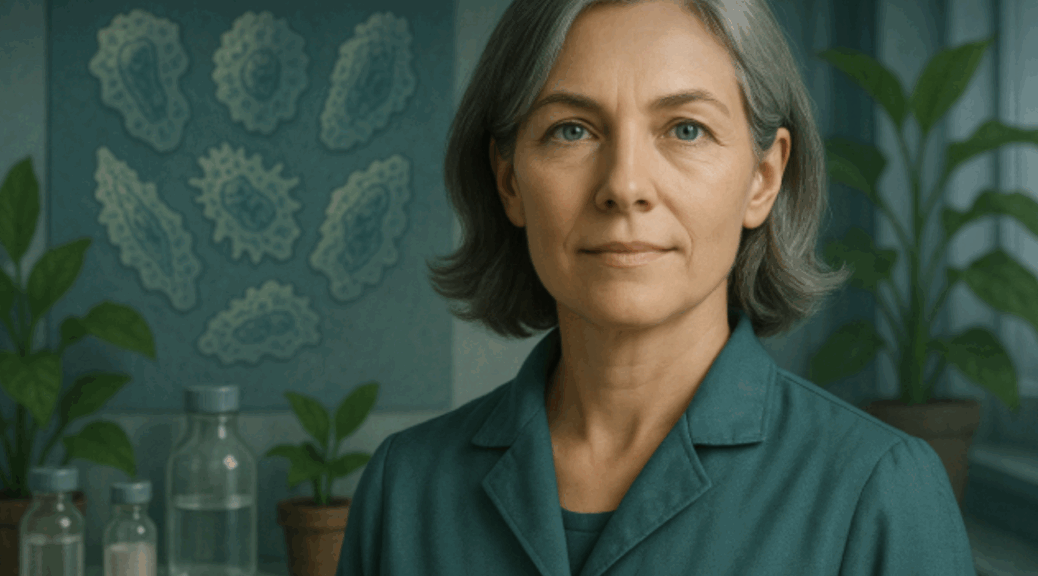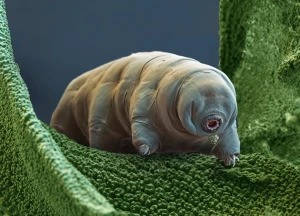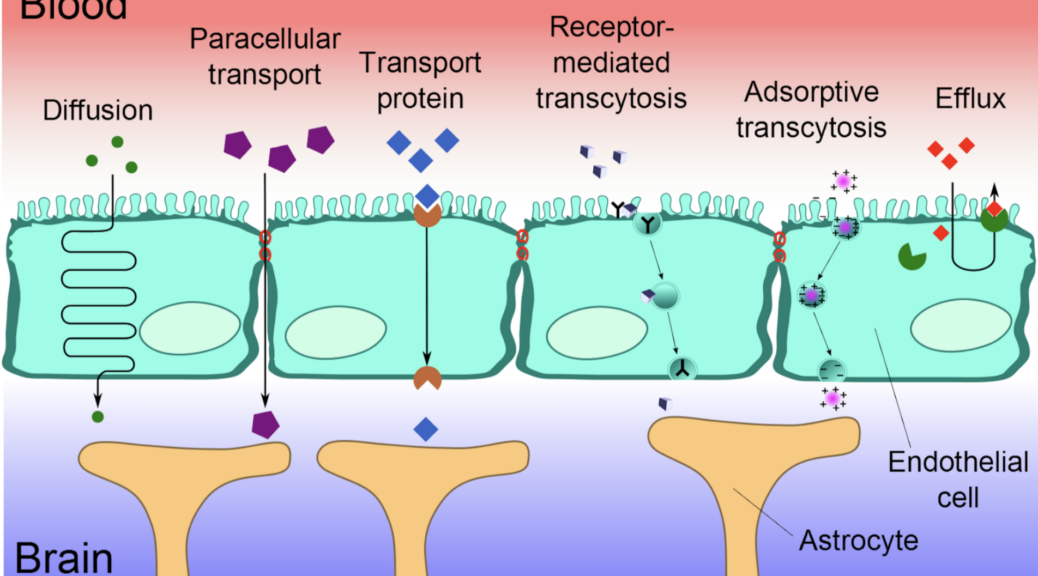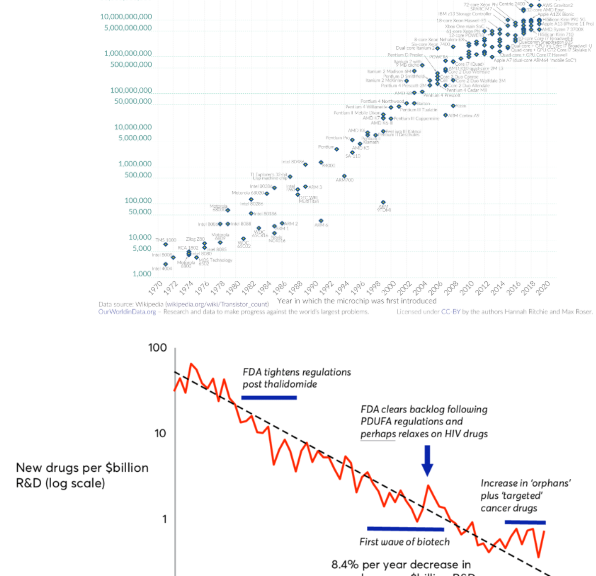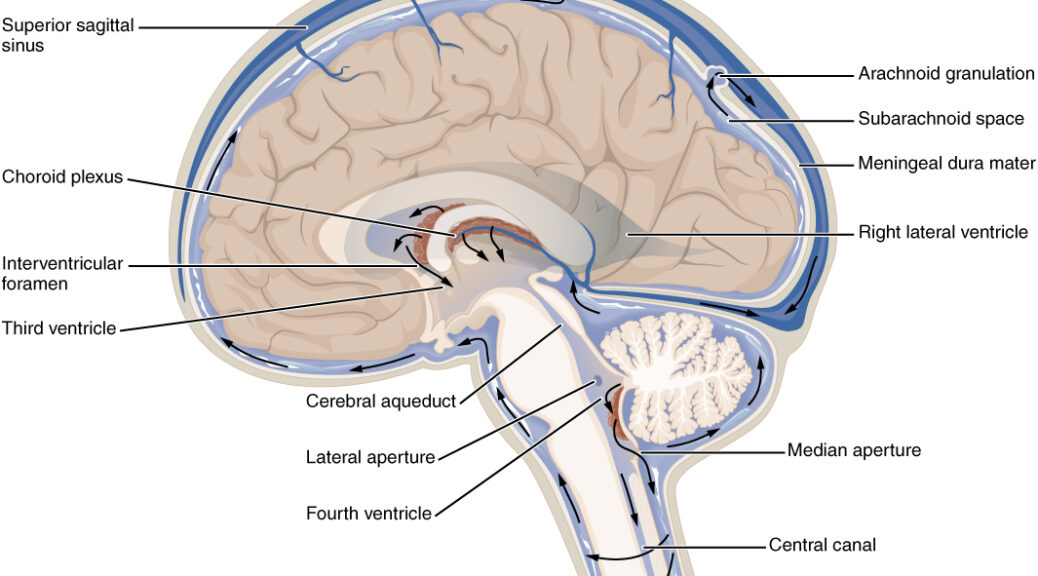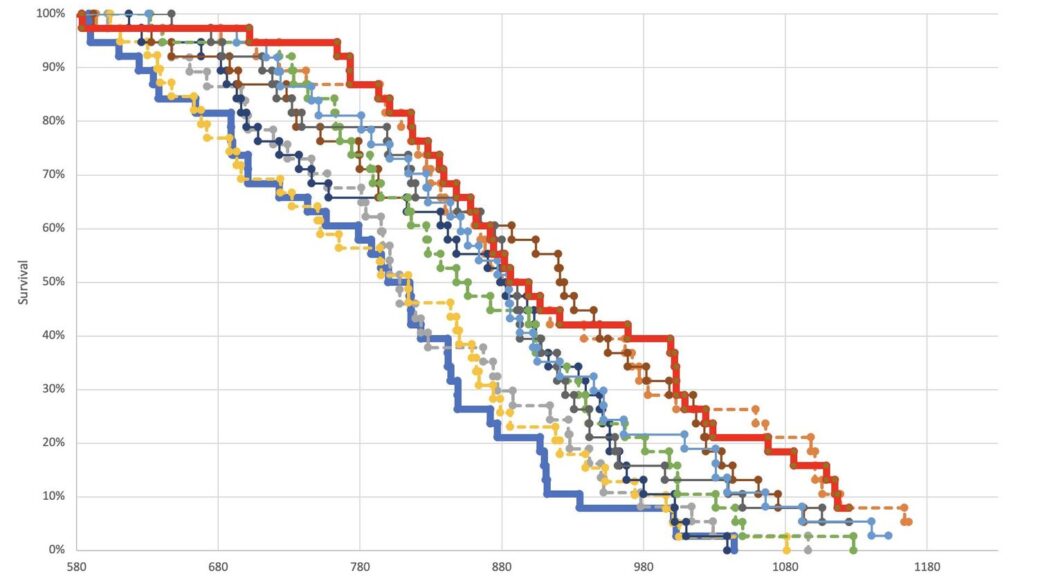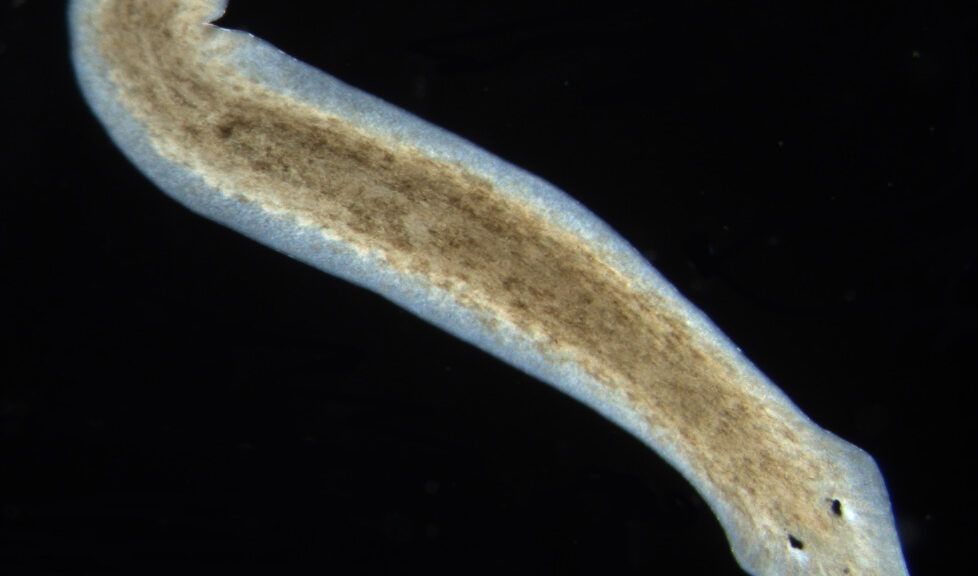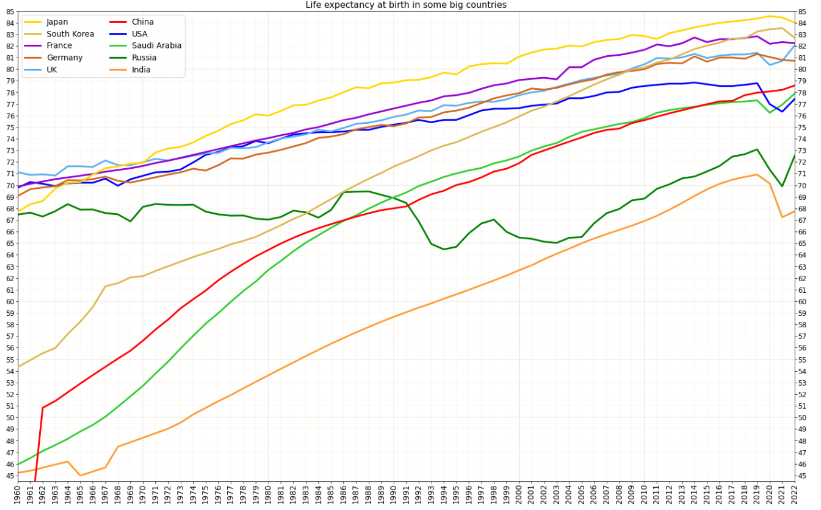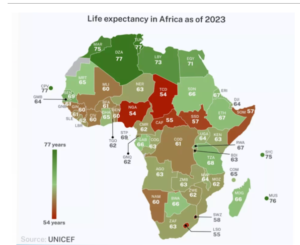Faced with the changes longer lives will bring, humans will not miss the Reaper and construct one to solve their problems. Just as with our larger cities, we don’t remix the (clean) water (with sewage water) to bring back cholera. Why die? Kurzgesagt (studio d’animation allemand).
This month’s theme: Stem Cells and Aging
Stem cells are special cells in the body that have the unique ability to develop into many different types of cells, such as muscle, nerve, or blood cells. Unlike most cells, stem cells can divide and make copies of themselves over long periods. This makes them essential for growth, development, and repair in the body. There are different types of stem cells, including embryonic stem cells, which can turn into any cell type, and adult stem cells, which are more limited but still help maintain and repair specific tissues. Scientists can also create induced pluripotent stem cells by reprogramming adult cells to act like embryonic stem cells.
How does aging affect the stem cells?
Aging significantly impairs the function and regenerative capacity of stem cells, which are vital for maintaining tissue homeostasis throughout life. One of the primary effects of aging is stem cell exhaustion, characterized by a decline in the number of active stem cells and their ability to self-renew and differentiate. Over time, stem cells accumulate DNA damage due to environmental stressors and diminished repair mechanisms, while telomere shortening limits their replicative potential, pushing them toward senescence or apoptosis (programmed death cell). Simultaneously, epigenetic alterations, such as changes in DNA methylation and histone modifications, disrupt gene regulation. Aging also affects the stem cell niche, the specialized microenvironment that provides signals for their maintenance. These signals weaken or shift toward pro-inflammatory cues, further compromising stem cell activity.
In addition, aged stem cells exhibit mitochondrial dysfunction and a shift in cellular metabolism, resulting in increased reactive oxygen species (ROS) and oxidative stress, which further damage cellular components. Functionally, these changes lead to reduced tissue regeneration, impaired immune responses, and increased risk of degenerative diseases and cancers. For example, aging hematopoietic stem cells tend to produce more myeloid cells and fewer lymphoid cells, weakening adaptive immunity and promoting clonal hematopoiesis.
The Hayflick limit refers to the finite number of times a normal somatic cell can divide before entering senescence, typically due to progressive telomere shortening. While this limit applies strictly to most somatic cells, stem cells present a more nuanced case. Adult stem cells, such as hematopoietic or mesenchymal stem cells, do exhibit a form of the Hayflick limit but can divide more extensively than typical somatic cells. This is largely because they express higher levels of telomerase, the enzyme responsible for maintaining telomere length. However, this telomerase activity is not unlimited, and over time, these adult stem cells also experience telomere attrition and eventually enter senescence. In contrast, embryonic stem cells and induced pluripotent stem cells (iPSCs) possess high levels of telomerase. They can maintain their telomere length indefinitely, allowing them to divide without a limit under optimal conditions. This distinction underlies their unique regenerative potential and highlights the fundamental difference in aging and replicative capacity between various cell types.
Stem Cell Therapies
Stem cell therapy is a medical treatment that uses stem cells to repair, regenerate, or replace damaged or aging tissues. It works by either directly injecting stem cells into affected areas or using them to stimulate the body’s natural healing processes. As we age, our natural stem cell supply decreases and becomes less effective, which contributes to slower healing, tissue damage, and chronic diseases. By introducing healthy, functional stem cells, therapies aim to rejuvenate tissues, improve organ function, and possibly delay the effects of aging. Research is ongoing in areas like improving skin elasticity, reducing joint pain, boosting immune function, and even enhancing cognitive health in older adults. These therapies are often marketed by private anti-aging clinics as established treatments. However, they are still largely experimental and require further evidence to demonstrate their long-term safety and efficacy…
Among the most promising types are mesenchymal stem cells (MSCs), known for their potent anti-inflammatory, immunomodulatory, and regenerative effects. Clinical studies suggest that MSCs can enhance cognitive function, reduce systemic inflammation, and improve tissue repair in aging-related conditions, including neurodegenerative diseases and frailty.
Another powerful avenue is the use of induced pluripotent stem cells (iPSCs), which are adult cells reprogrammed to an embryonic-like state. These can be differentiated into virtually any cell type, such as insulin-producing pancreatic cells or natural killer (NK) immune cells. iPSC-derived NK cells are particularly relevant in older adults due to their lower risk of graft-versus-host disease and utility in targeting age-related malignancies.
Meanwhile, neural stem cells (NSCs) are gaining traction for their ability to restore brain function in models of traumatic brain injury and neurodegeneration, offering potential therapies for Alzheimer’s and other forms of cognitive decline. Furthermore, stem cell-derived hepatocytes and β-cells are being explored for treating metabolic dysfunction-associated steatotic liver disease (MASLD) and diabetes, which are prevalent in the elderly. These cells can be used both as therapeutic agents and as disease models for drug discovery. As the field advances, challenges such as cell delivery, immune compatibility, tumorigenicity, and long-term safety become key areas of focus.
Current Clinical Trials
One of the leading clinical studies exploring the use of stem cell therapy in aging involves mesenchymal stem cells (MSCs) for treating age-related frailty, a condition characterized by decreased strength, endurance, and physiological function. The CRATUS study (NCT02065245), a Phase 2 randomized clinical trial, evaluated intravenous allogeneic MSCs in older adults diagnosed with frailty. The results were compelling: patients treated with MSCs exhibited significant improvements in physical performance, walking speed, and inflammatory biomarkers, including a notable reduction in tumor necrosis factor-alpha (TNF-α), a key driver of chronic inflammation in aging. Importantly, the treatment was well-tolerated with no serious adverse events reported, supporting its safety profile.
Another clinical study in stem cell therapy targeting aging is a Phase I clinical trial evaluating the safety and efficacy of autologous adipose-derived mesenchymal stem cell (AD-MSC) transplantation in patients with aging-related low-grade inflammation, a condition also known as inflammaging. Conducted by Nguyen et al. (2024), this open-label, single-group trial involved 12 patients who received two intravenous infusions of 100 million AD-MSCs. These individuals exhibited high levels of pro-inflammatory cytokines and were also diagnosed with two of the following metabolic conditions: diabetes, dyslipidemia, or obesity. TheAD-MSC therapy may offer a safe and effective intervention to reduce chronic inflammation associated with aging and potentially mitigate the onset or progression of age-related diseases
Biotech companies are working on stem cell therapy
Aspen Neuroscience, based in San Diego, focuses on developing personalized stem cell therapies for neurodegenerative diseases, particularly Parkinson’s disease. Its lead therapy, ANPD001, uses autologous induced pluripotent stem cells (iPSCs) to replace dopamine-producing neurons lost in Parkinson’s. The company received FDA IND clearance in 2023 to begin Phase 1/2a trials.
BlueRock Therapeutics, a Cambridge-based company owned by Bayer, is also working on iPSC-based regenerative medicines, with a focus on Parkinson’s disease. Their lead program, Bemdaneprocel (BRT-DA01), involves implanting iPSC-derived dopamine neurons into the brain.
Cellino, another Cambridge-based company, aims to revolutionize personalized medicine with a scalable, automated biomanufacturing platform using iPSCs. The company leverages advanced technologies like label-free imaging and AI to streamline the production of patient-specific therapies for diseases like Parkinson’s, diabetes, and heart disease
The rise in chronic and degenerative diseases, like heart disease, neurodegenerative conditions, and cancer, is pushing the demand for stem cell therapies that can help repair and regenerate damaged tissues. The field still faces challenges, including high treatment costs, regulatory hurdles, and ethical concerns. Here, as elsewhere, the lack of large-scale research programs and clinical trials with public funding and sharing of results is hindering rapid progress.
The good news of the month- Eli Lilly’s Orforglipron: A Potential Breakthrough in GLP-1 Therapy
The Glucagon-like peptide (GLP-1) is an intestinal hormone that could slow down different aspects of senescence. Eli Lilly’s new GLP-1 medication, Orforglipron, is making headlines as an oral, once-daily pill currently in late-stage clinical trials. Early data from a Phase 3 study show promising results, with the drug significantly lowering levels of glycated hemoglobin and promoting weight loss in adults with type 2 diabetes.
Unlike existing GLP-1 treatments like Ozempic and Mounjaro, which require injections, orforglipron is a small molecule GLP-1 receptor agonist that offers the convenience of oral delivery. This could dramatically expand access and appeal to a broader population.
Lilly is seeking regulatory approval for both type 2 diabetes and obesity treatment, and if approved, Orforglipron could mark a major shift in how GLP-1 therapies are used.
For more information

